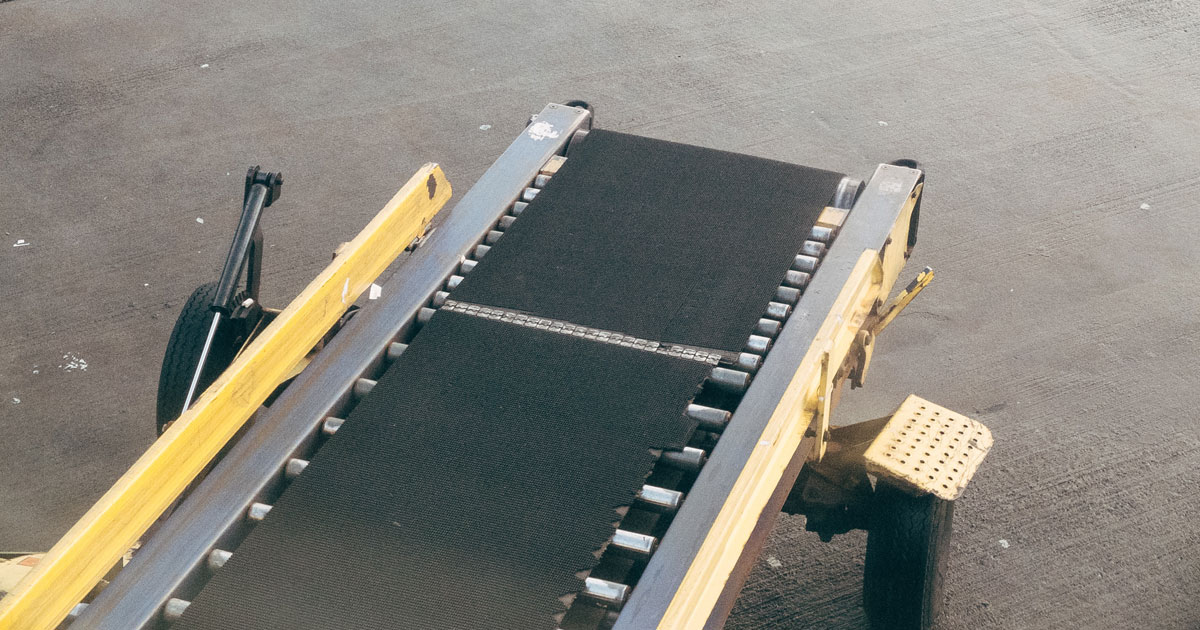In the intricate choreography of modern industry, every step matters. When it comes to material handling, one of the central players that can make or break your operational efficiency is the belt conveyor. With a multitude of options available, selecting the right belt conveyor for your business is not just a decision but a strategic move towards streamlined operations and enhanced productivity. Here’s a guide to help you choose the perfect conveyor system that aligns with your unique requirements.
Step 1: Define Your Needs
Before diving into the sea of conveyor options, take a moment to understand your operational needs. What type of material are you handling? What is the weight, size, and shape of the products? Are you dealing with inclines, declines, or curves? By defining your needs, you set the foundation for selecting a conveyor system that will seamlessly fit into your workflow.

Step 2: Consider Conveyor Types
Belt conveyors come in various types, each catering to specific applications. The most common are flat belt conveyors, suitable for horizontal transport; inclined belt conveyors, designed for moving materials up or down inclines; and curved belt conveyors, perfect for navigating tight corners. For specific needs, such as transporting aggregate materials efficiently, a gravel conveyor system for better and faster handling can be an excellent choice. Assess your operational layout and the path your materials need to travel to determine which type suits your needs.

Step 3: Evaluate Material Handling Capacity
Understanding your material handling capacity is crucial. You need a conveyor that can handle your load requirements without strain. Different conveyors have varying weight capacities, so ensure your chosen system aligns with your heaviest loads. Consider potential future growth as well – selecting a conveyor with a slightly higher capacity than your current needs can prevent operational bottlenecks down the line.
Step 4: Assess Conveyor Length and Width
The length and width of your conveyor impact the efficiency of material flow. Longer conveyors can handle more material but might require additional support to prevent sagging. The width of the conveyor should match the size of your products, ensuring they are adequately supported during transport. Remember, an efficient conveyor should strike a balance between capacity and space utilization.
Step 5: Factor in Speed and Control
The speed of your conveyor impacts the overall throughput of your operations. Choose a conveyor with adjustable speed settings, allowing you to fine-tune material movement as per your production needs. Additionally, look for control systems that enable you to monitor and manage the conveyor’s performance in real-time, optimizing material flow and preventing breakdowns.
Step 6: Focus on Safety and Maintenance
Safety is paramount in any industrial setting. Choose a conveyor system equipped with safety features such as emergency stop buttons, guards, and sensors to prevent accidents. Also, consider the ease of maintenance – opt for conveyors with readily accessible parts and minimal downtime for repairs.
Step 7: Sustainability and Cost Efficiency
In today’s environmentally conscious world, sustainability matters. Look for energy-efficient motors, eco-friendly materials, and designs that minimize friction and waste. While upfront costs are a factor, remember that the long-term benefits of a well-chosen conveyor system – increased productivity, reduced labor costs, and minimized downtime – often far outweigh the initial investment.
Step 8: Seek Expert Guidance
Choosing the right conveyor system is a significant decision that can impact your business’s success. If you’re unsure, seek guidance from conveyor experts who can assess your needs and recommend the best fit for your operations.
In the intricate dance of industry, a well-chosen conveyor system orchestrates efficiency and productivity. By following these steps and aligning your requirements with the right conveyor type, capacity, safety features, and sustainability, you’re poised to make a decision that not only streamlines your operations but also sets the stage for a more efficient and prosperous future.
